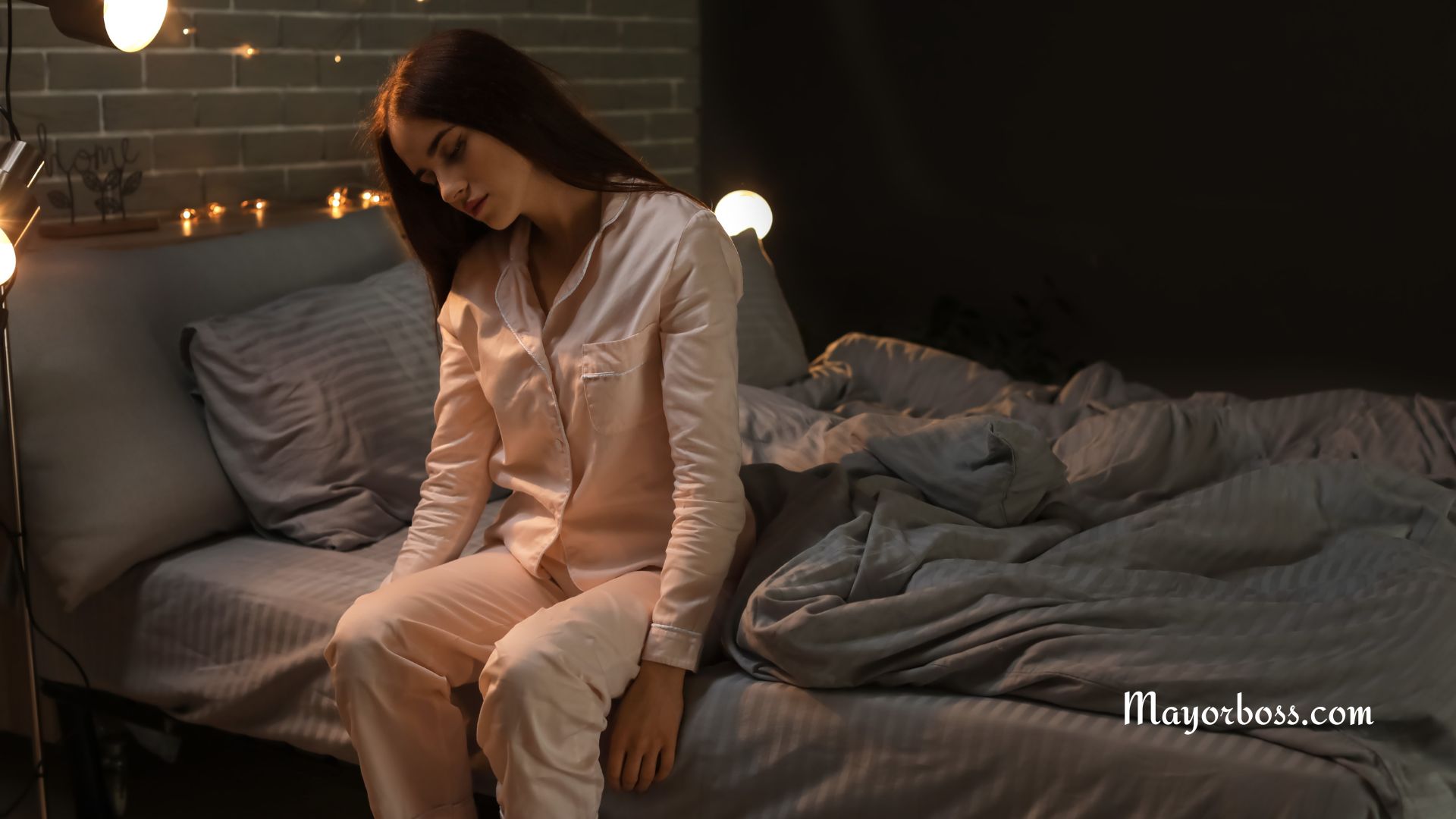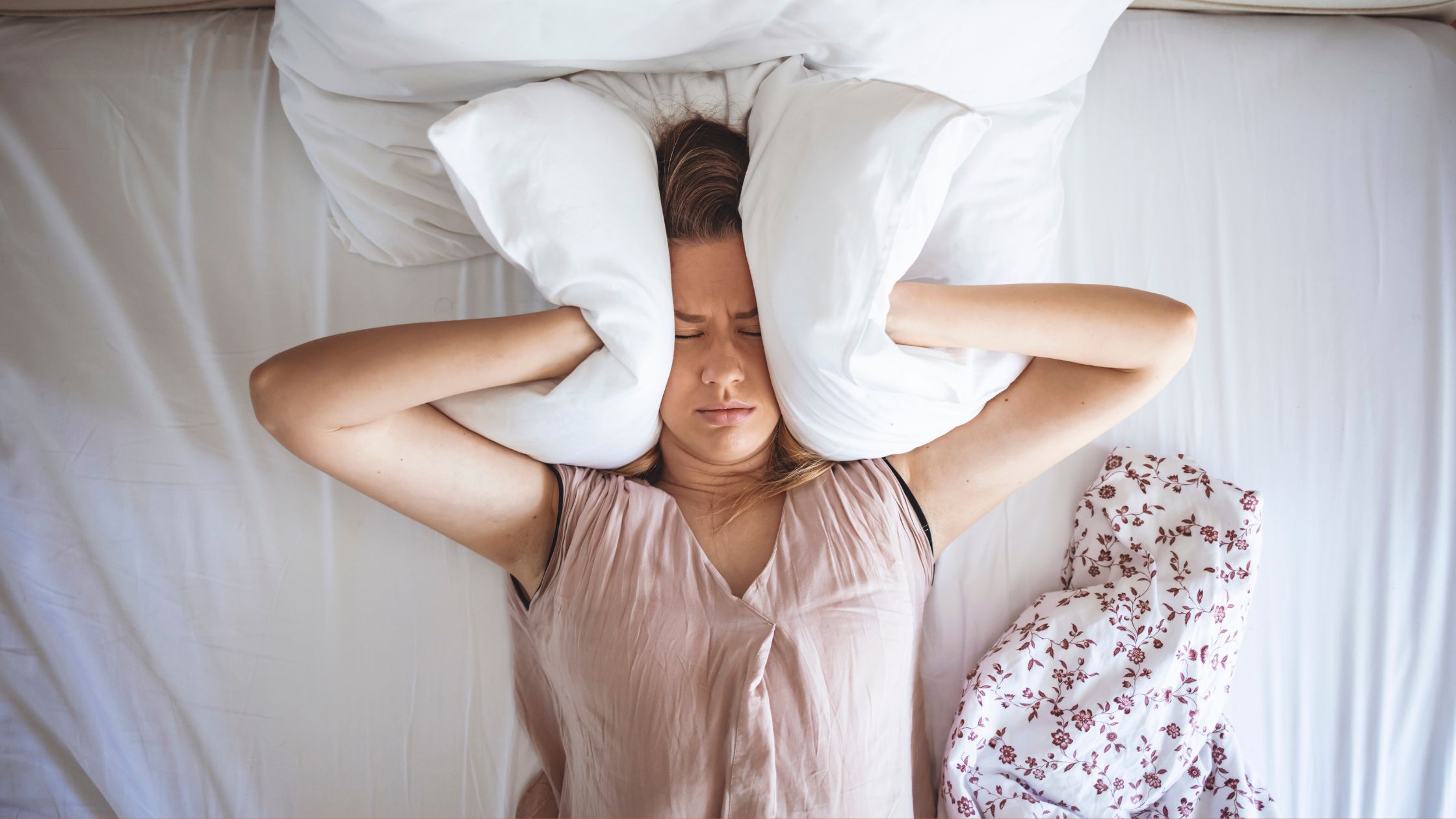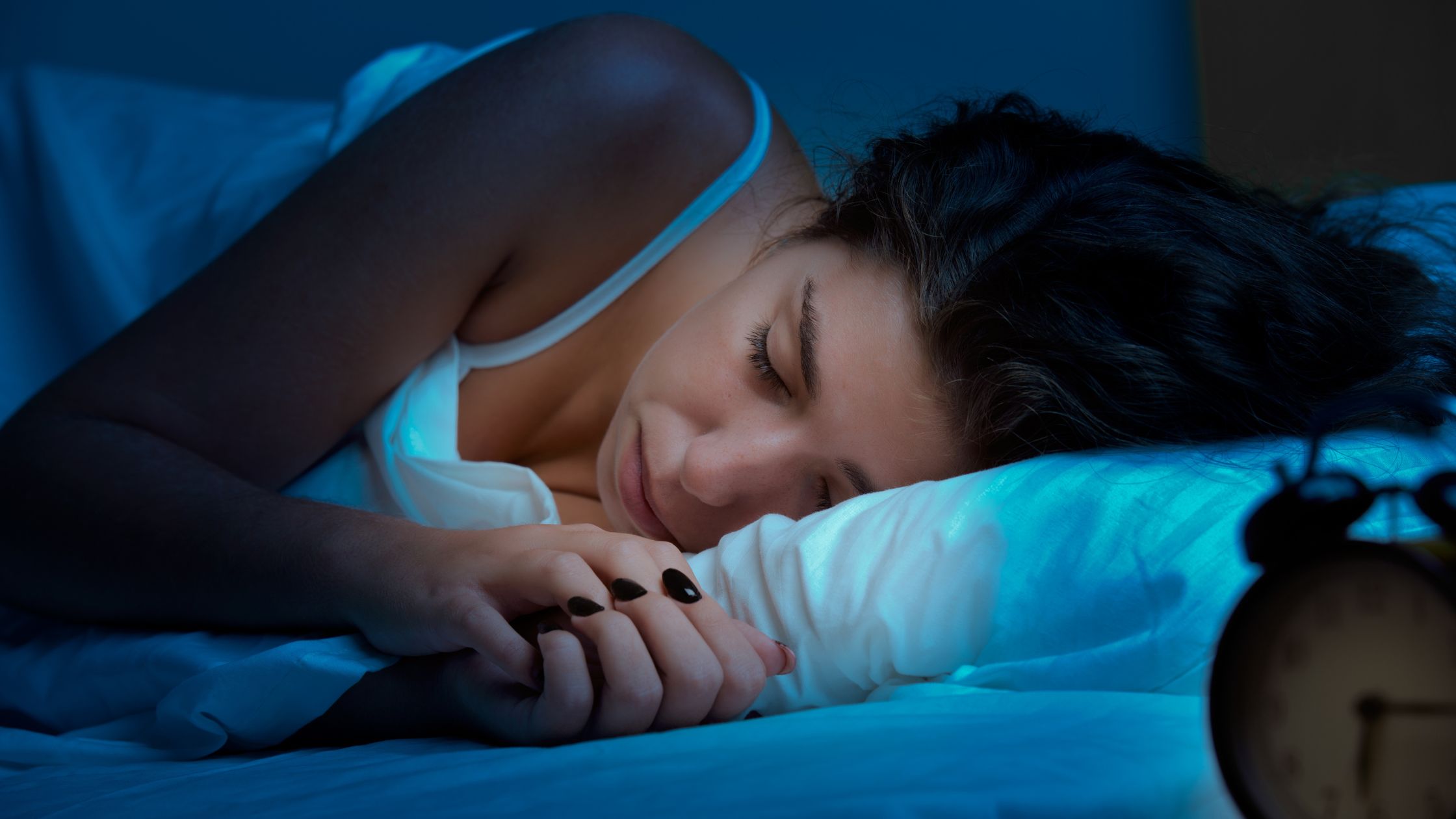Can I Nap Without Ruining My Sleep? Yes! Here’s How
Naps have a bit of an unfair reputation. Some people swear by them as a productivity booster. Others see them as a sign of laziness or a sure way to wreck your nighttime sleep. Fortunately, there’s a way to reap the benefits of napping without throwing off your whole sleep cycle.

The Benefits of Napping
Before we get into the how-to of naps, let’s explore why they can be so helpful:
- Improved alertness: Even a short nap can make you feel sharper and more focused.
- Better mood: Napping can help reduce irritability and boost your overall mood.
- Enhanced performance: Studies show naps can improve reaction times, memory, and even creativity.
- Potential health benefits: While more research is needed, some studies suggest napping might help lower blood pressure and reduce stress.
How to Nap the Right Way
To maximize the benefits and minimize the potential downsides of naps, follow these guidelines:
- Timing is key: Ideally, nap in the early afternoon, usually between 1 pm and 3 pm. This is when most people experience a natural dip in energy. Napping later in the afternoon risks interfering with your nighttime sleep.
- Keep it short: The ideal nap length for most people is 20-30 minutes. This is what’s often called a “power nap” and helps you avoid sleep inertia (that groggy feeling).
- Create a sleep-conducive environment: Darken your room, minimize noises, and make sure the temperature is comfortable. Use an eye mask and earplugs if needed.
- Set an alarm: This is essential to prevent your nap from turning into a full-blown sleep session.
Who Shouldn’t Nap
While naps can be great for many, there are certain circumstances where they should be avoided:
- Insomnia: If you have trouble falling asleep at night, napping can make the problem worse.
- Certain sleep disorders: Some sleep conditions can be exacerbated by daytime napping. If you have a diagnosed sleep disorder, talk to your doctor about whether napping is recommended.
Types of Naps
There’s more than one way to nap! Here’s a quick breakdown of common types:
- Power nap (20-30 minutes): The most common and effective type for most people. Provides a quick energy boost.
- Groggier nap (60 minutes): Includes some deeper sleep and might be useful if you pulled an all-nighter, for example. Leaves you feeling groggy afterward.
- Full sleep cycle nap (90 minutes): Allows you to complete a full sleep cycle and can be more refreshing, but harder to wake from.
Frequently Asked Questions About Napping
1. Will napping make it harder to fall asleep at night?
For most people, a short, early afternoon nap shouldn’t interfere with nighttime sleep. However, if you struggle with insomnia or have trouble falling asleep in general, naps might not be the best idea.
2. Can I nap every day?
Yes, you can! If naps consistently make you feel better and don’t affect your nighttime sleep, daily napping might be fine for you.
3. What if I feel groggy after a nap?
This is called sleep inertia, and it’s normal after longer naps as you emerge from deeper sleep. To combat it, get some sunlight, move around, or drink a caffeinated beverage after your nap.
Summary
Naps can be a powerful tool to improve alertness, mood, and performance throughout your day. When napping, remember the golden rules: keep it short, time it right, create a good sleep environment, and don’t nap if you have insomnia or certain sleep disorders.






